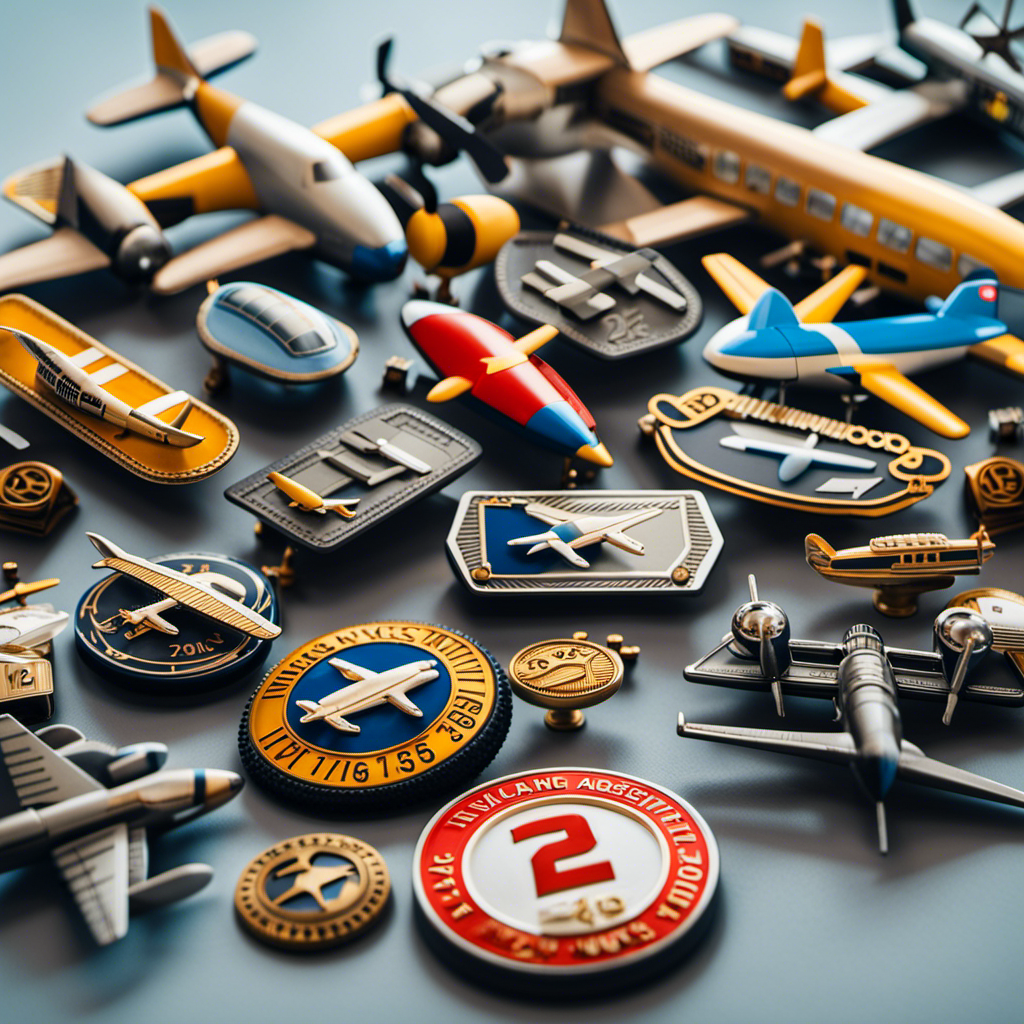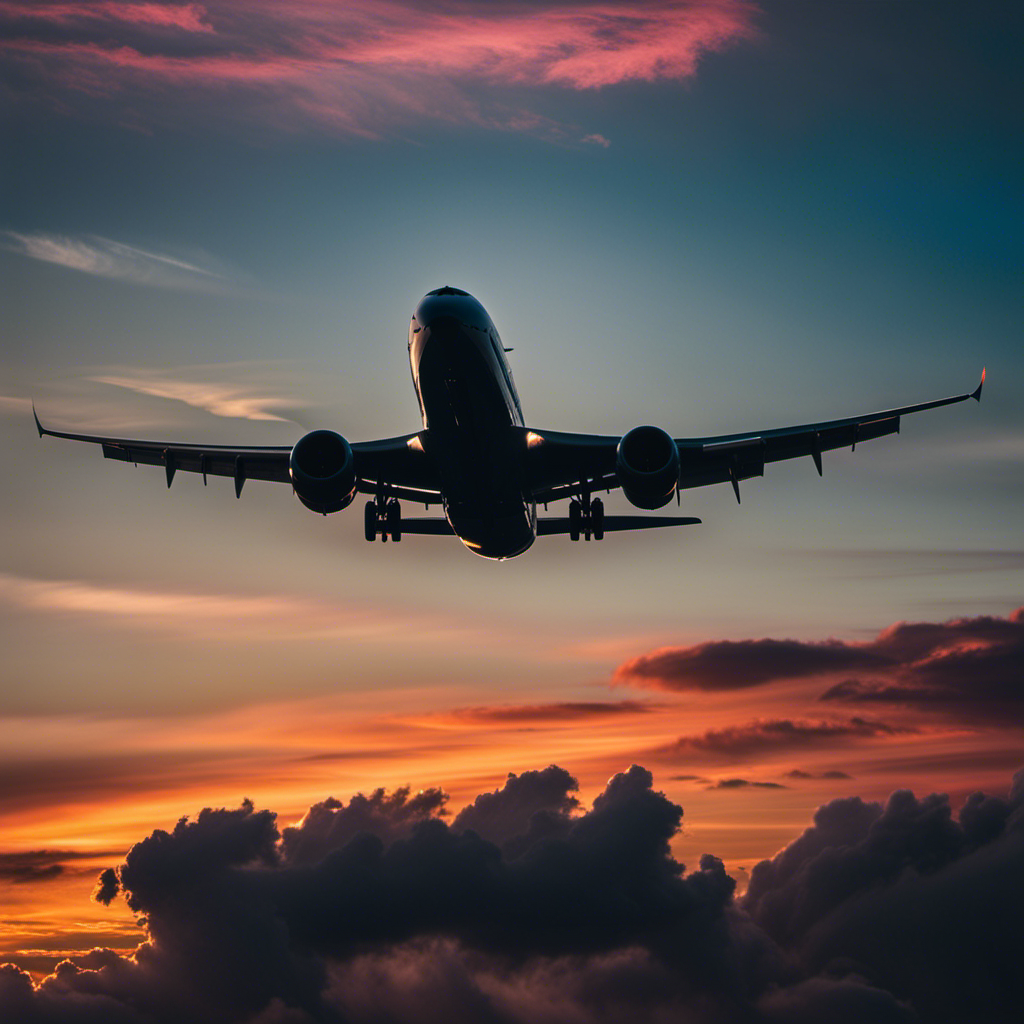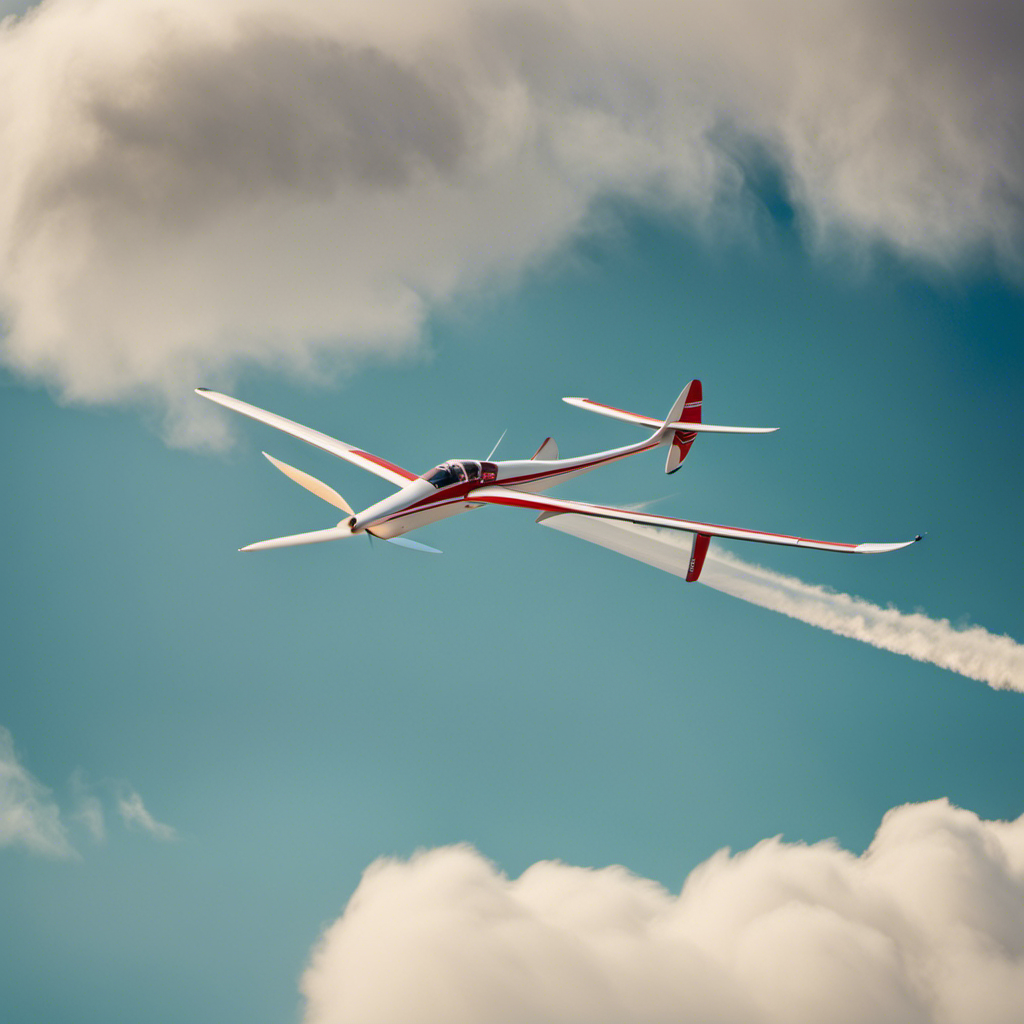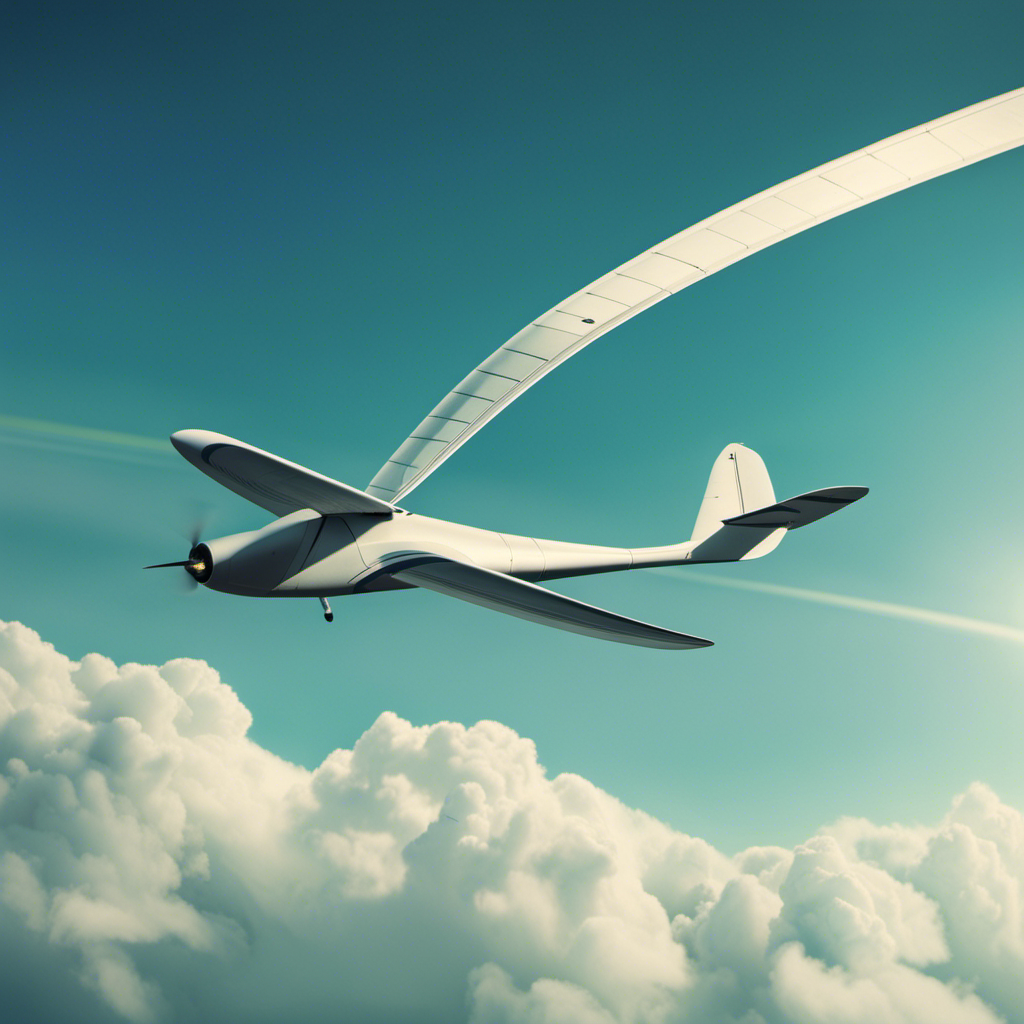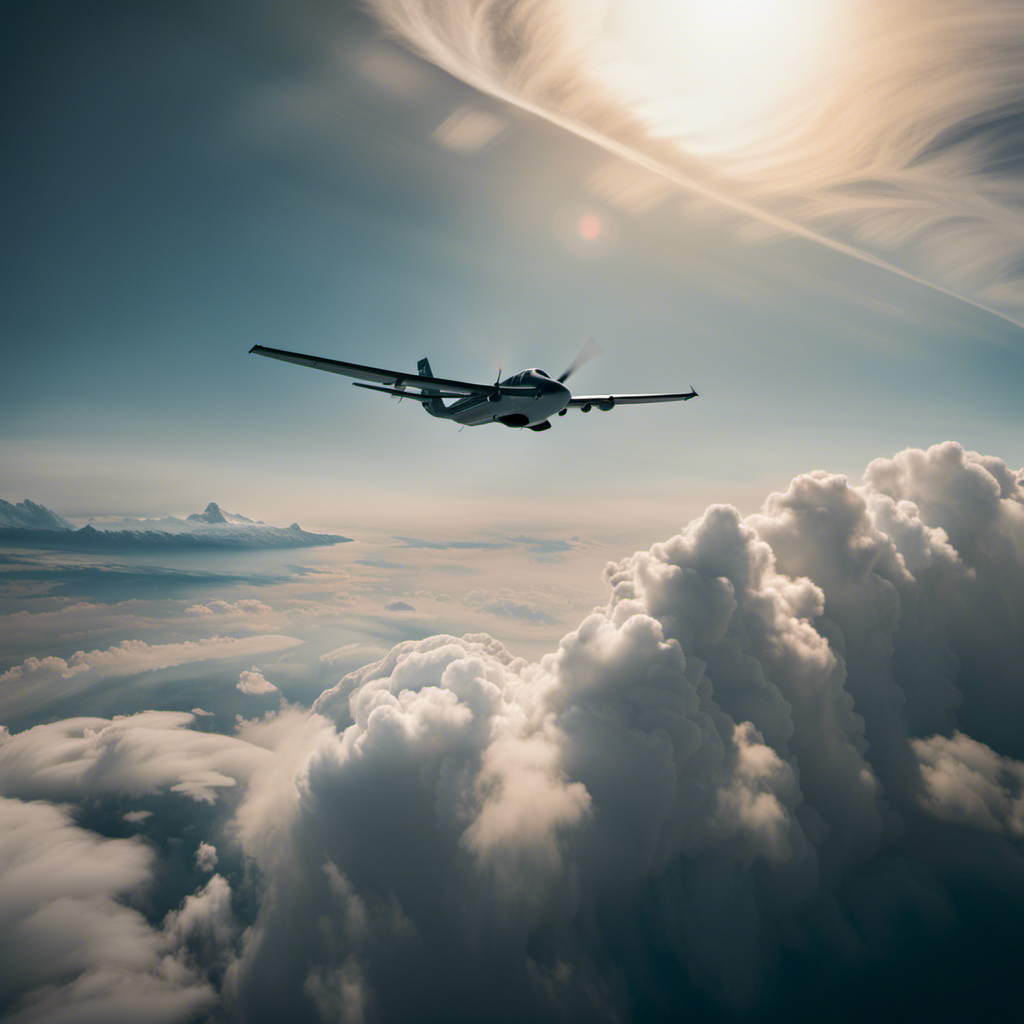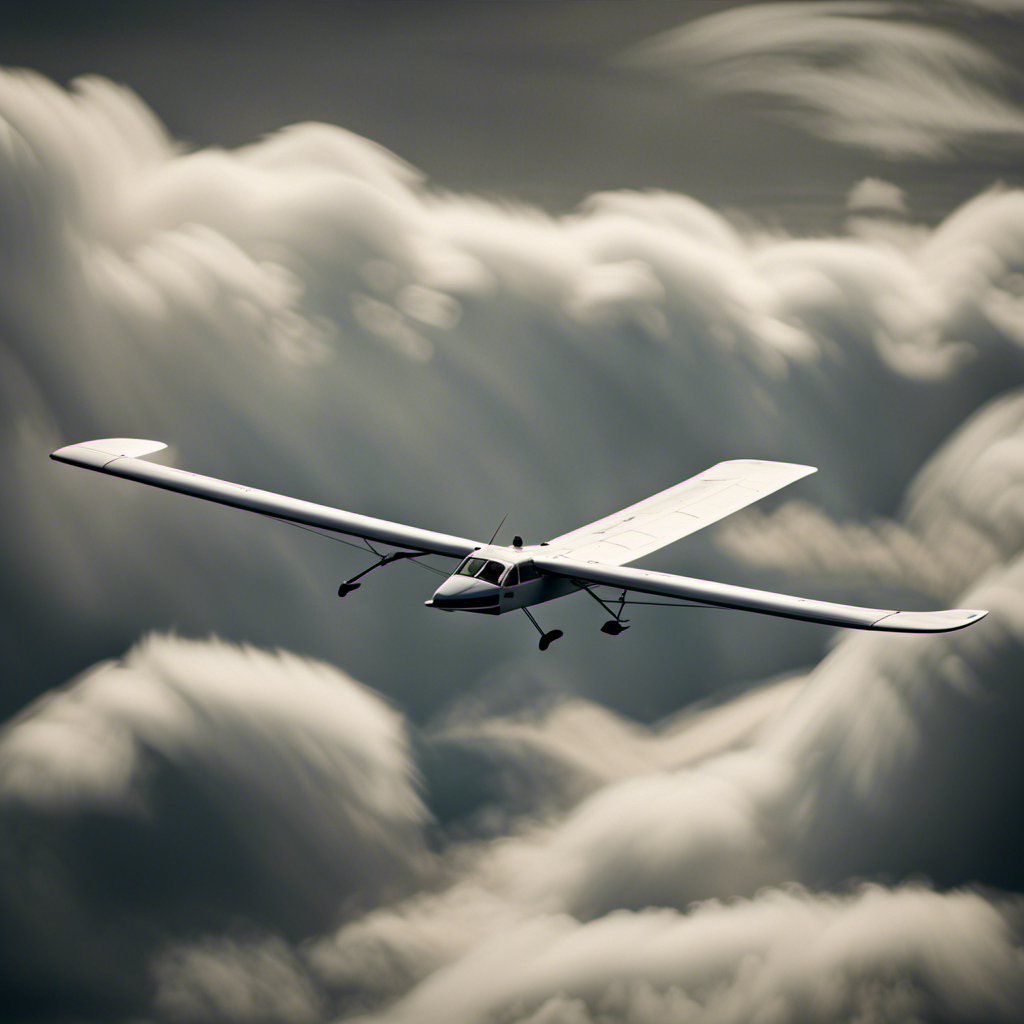Sitting in the cockpit, the countdown begins. It is important to take the age requirements for pilot training into account. From the youngest age allowed to start training as a pilot to the specific age limits for military aviation training, each stage is regulated by specific rules.
In this article, I will guide you through the age considerations for obtaining various pilot licenses, the age limits for specific pilot roles, and even the mandatory retirement age for commercial pilots.
So let’s dive deep into the countdown and uncover the age milestones on this exhilarating journey.
Key Takeaways
- Retirement age for pilots operating under Part 121 extended to age 65 in 2007.
- Age limits for different types of flying vary by country and organization.
- Age limits for airline pilot jobs vary depending on the type of aircraft and specific airline.
- Age limits for military pilot training vary depending on the specific branch of the military.
The Minimum Age to Begin Pilot Training
The minimum age to begin pilot training is typically 16 years old. However, it’s important to note that age restrictions for international pilot licenses may vary depending on the country.
In some cases, a person may need to be at least 18 years old to obtain an international pilot license. Additionally, age limits for helicopter pilot training may also differ from fixed-wing aircraft training. While the minimum age for helicopter pilot training can be as low as 16 years old, some programs may require students to be at least 17 or 18 years old.
It’s crucial to research and understand the specific age requirements for the type of pilot training you are interested in pursuing. Once the minimum age requirement is met, you can then proceed to obtaining a student pilot license, which is the next step in your journey towards becoming a pilot.
Obtaining a Student Pilot License
To obtain a Student Pilot License, you’ll need to complete a medical examination. This license allows individuals to fly under the supervision of a certified flight instructor. Age restrictions for obtaining a Student Pilot License vary depending on the country. In the United States, you must be at least 16 years old to apply.
Here are some key points about the training process:
-
Ground School: Students are required to study aviation theory, including aerodynamics, weather, and navigation.
-
Flight Training: This includes hands-on experience in the cockpit, where students learn basic maneuvers, takeoffs, and landings.
-
Solo Flight: Once an instructor deems a student ready, they can fly solo for the first time.
-
Written Exam: Students must pass a written exam to demonstrate their knowledge of aviation regulations.
-
Checkride: A practical test where students demonstrate their flying skills to an examiner.
Transitioning to a private pilot license involves further training and experience, including additional flight hours and passing a more comprehensive exam.
Transitioning to a Private Pilot License
Once you’ve obtained a Student Pilot License, the next step is transitioning to a Private Pilot License. This process involves gaining flight experience and building on the skills and knowledge acquired during your student pilot training. The transition from a student pilot to a private pilot is an exciting and important milestone in your aviation journey.
During this phase, you will continue to fly under the guidance of a flight instructor, honing your skills and expanding your flight experience. This is a critical period where you will gain valuable hands-on experience in various flight operations, including takeoffs, landings, navigation, and emergency procedures.
To give you an overview of the transitioning process, here is a table outlining the key steps involved:
| Transitioning to Private Pilot License |
|---|
| Gain flight experience |
| Expand knowledge and skills |
| Continue flying under instructor’s guidance |
| Practice different flight operations |
| Prepare for the Private Pilot License exam |
Once you have successfully completed the transitioning process and met all the necessary requirements, you will be ready to pursue your Private Pilot License. This license allows you to fly solo and opens up a world of possibilities in aviation.
Moving forward, let’s explore the age limit for obtaining a commercial pilot license.
The Age Limit for Obtaining a Commercial Pilot License
Transitioning from a private pilot license to a commercial pilot license involves meeting specific age requirements.
For helicopter pilots, the age restrictions vary depending on the type of operation. To obtain a commercial helicopter license, you must be at least 18 years old. However, if you want to become a pilot-in-command for a helicopter air ambulance operation, you must be at least 23 years old.
On the other hand, for air traffic controllers, the age requirements are different. To become an air traffic controller, you must be younger than 31 years old at the time of application. This age limit ensures that individuals have enough time to complete the necessary training and gain experience in the field.
Now, let’s explore the age restrictions for pilot-in-command.
Age Restrictions for Pilot-in-Command
The minimum age for individuals to serve as the pilot-in-command of an aircraft varies depending on the type of operation and aircraft involved.
Age restrictions are put in place to ensure the safety and competence of pilots.
For commercial operations, the Federal Aviation Administration (FAA) requires a minimum age of 23 to act as pilot-in-command of an aircraft with a maximum takeoff weight of over 12,500 pounds.
However, for other types of operations, such as private or recreational flying, the minimum age can be as low as 16 or 17.
It’s important to note that age limits not only dictate the minimum age for pilots but also the maximum age for retirement.
Mandatory retirement for pilots in commercial operations is typically set at 65 years old. This ensures that pilots are physically and mentally capable of handling the responsibilities of being pilot-in-command.
Now, let’s explore the age requirements for different types of aircraft.
Age Requirements for Different Types of Aircraft
After discussing the age restrictions for becoming a Pilot-in-Command, let’s now delve into the age requirements for different types of aircraft.
It’s important to note that age requirements can vary depending on the type of aircraft one wishes to fly. For helicopter pilots, the age requirements are generally more flexible compared to airline pilot jobs. In many countries, the minimum age to obtain a private helicopter pilot license is 17 or 18 years old. However, for commercial helicopter pilots, the minimum age requirement is usually 18 or 19 years old.
On the other hand, when it comes to airline pilot jobs, most airlines have set a minimum age requirement of 23 to 25 years old. This is due to the increased responsibility and complexity of operating larger commercial aircraft.
Now, let’s explore another aspect of age in the aviation industry – the mandatory retirement age for commercial pilots.
Mandatory Retirement Age for Commercial Pilots
Don’t forget to consider the mandatory retirement age if you’re planning to pursue a career as a commercial pilot. It’s important to understand the age restrictions for pilot in command, as they vary depending on the country and type of aircraft.
Here are three key things to know about the mandatory retirement age for commercial pilots:
-
International Civil Aviation Organization (ICAO) sets the standard: The ICAO recommends a mandatory retirement age of 65 for pilots in command of international commercial flights. However, some countries have different regulations regarding retirement age.
-
Age limits for domestic flights: In the United States, the Federal Aviation Administration (FAA) previously required pilots to retire at age 60. However, in 2007, this limit was extended to age 65 for pilots operating under Part 121 (airline transport) operations.
-
Considerations for other types of flying: It’s important to note that the mandatory retirement age may differ for pilots involved in general aviation or other types of flying, as these regulations can vary by country and organization.
Understanding the mandatory retirement age is just one aspect of navigating age restrictions in the aviation industry. Now let’s explore the age limits for airline pilot jobs.
Age Limits for Airline Pilot Jobs
If you’re interested in pursuing a career as an airline pilot, it’s important to know the age limits set by different airlines. These age limits vary depending on the type of aircraft and the specific airline.
For example, to become a helicopter pilot, the minimum age requirement is usually 18 years old. However, some airlines may have higher age limits, such as 21 or even 23 years old.
When it comes to international airline pilot jobs, the age requirements can also differ. Many airlines require pilots to be at least 21 years old to fly internationally. However, some airlines may have higher age limits, especially for captain positions, where they may require pilots to be 25 or older.
Transitioning into the next section about age restrictions for military pilot training, it’s important to note that the age limits for military pilots are often stricter than those for civilian pilots.
Age Restrictions for Military Pilot Training
To join military pilot training, you’ll need to meet the strict age restrictions set by the armed forces. The age restrictions for military pilot training vary depending on the specific branch of the military.
For example, the United States Air Force requires candidates to be between the ages of 18 and 33. The United States Navy has a slightly wider age range, allowing candidates between 19 and 32 years old. These age limits are in place to ensure that candidates have enough time to complete their training and serve a sufficient amount of time in the military.
It’s important to note that age limits for airline pilot jobs can also vary. Some airlines have a mandatory retirement age of 65, while others may have different age requirements. Transitioning from military pilot training to an airline pilot career may require meeting additional age restrictions and qualifications.
Now, let’s explore age considerations for becoming a flight instructor.
Age Considerations for Becoming a Flight Instructor
You’ll need experience and a certain level of knowledge in aviation in order to become a flight instructor. Age requirements for flight instructor certification vary depending on the country and the type of certification sought. However, most countries require candidates to be at least 18 years old.
Gaining flight experience before becoming an instructor has several benefits. It allows you to develop a deep understanding of aviation principles and procedures. It helps you build confidence and develop strong decision-making skills in various flying scenarios. It also allows you to gain practical knowledge and insights that can be shared with future students.
In addition, gaining flight experience enhances your ability to effectively communicate and instruct others in the intricacies of flying. It provides you with a well-rounded perspective that can make you a more effective and respected flight instructor.
Frequently Asked Questions
Can someone become a pilot if they have a medical condition that requires regular treatment?
Yes, it is possible to become a pilot with a medical condition that requires regular treatment. However, there may be certain restrictions and limitations imposed based on the specific condition and pilot age limits.
Is there a maximum age limit for obtaining a student pilot license?
There is no maximum age limit for obtaining a student pilot license. However, individuals with a medical condition that requires regular treatment may need to meet certain requirements and undergo additional evaluations.
Are there any age restrictions for obtaining a private pilot license?
Age restrictions for obtaining a private pilot license vary by country, but generally, there is no maximum age limit. However, applicants must meet medical requirements and be free from any conditions that may affect their ability to fly safely.
Can someone become a commercial pilot if they have a criminal record?
Yes, someone can become a commercial pilot even if they have a criminal record. However, the severity of the crime and the type of offense may affect their chances of obtaining a pilot license.
Are there any age restrictions for becoming a flight instructor?
Yes, there are age restrictions for becoming a flight instructor. The minimum age to become a flight instructor is typically 18 years old, although some countries may have different requirements.
Conclusion
In conclusion, the age requirements to becoming a pilot are crucial factors to consider. While there are minimum age limits for starting pilot training and obtaining licenses, there are also age restrictions for certain types of pilot jobs, such as being a pilot-in-command or an airline pilot.
Additionally, there are mandatory retirement ages for commercial pilots. These age considerations play a significant role in the aviation industry and ensure safety and competency.
Aspiring pilots must be aware of these age requirements and plan their careers accordingly. The journey to becoming a pilot is not just about flying planes, but also about navigating the age restrictions that come with it.
With a heart that soars as high as the skies, Aria, affectionately known as “Skylark,” is the driving force behind Soaring Skyways. Her journey into the gliding world began as a young dreamer gazing up at the soaring birds, yearning to experience the weightlessness and freedom they embodied. With years of experience both in the cockpit and behind the scenes, Aria’s commitment to the gliding community is unwavering.
